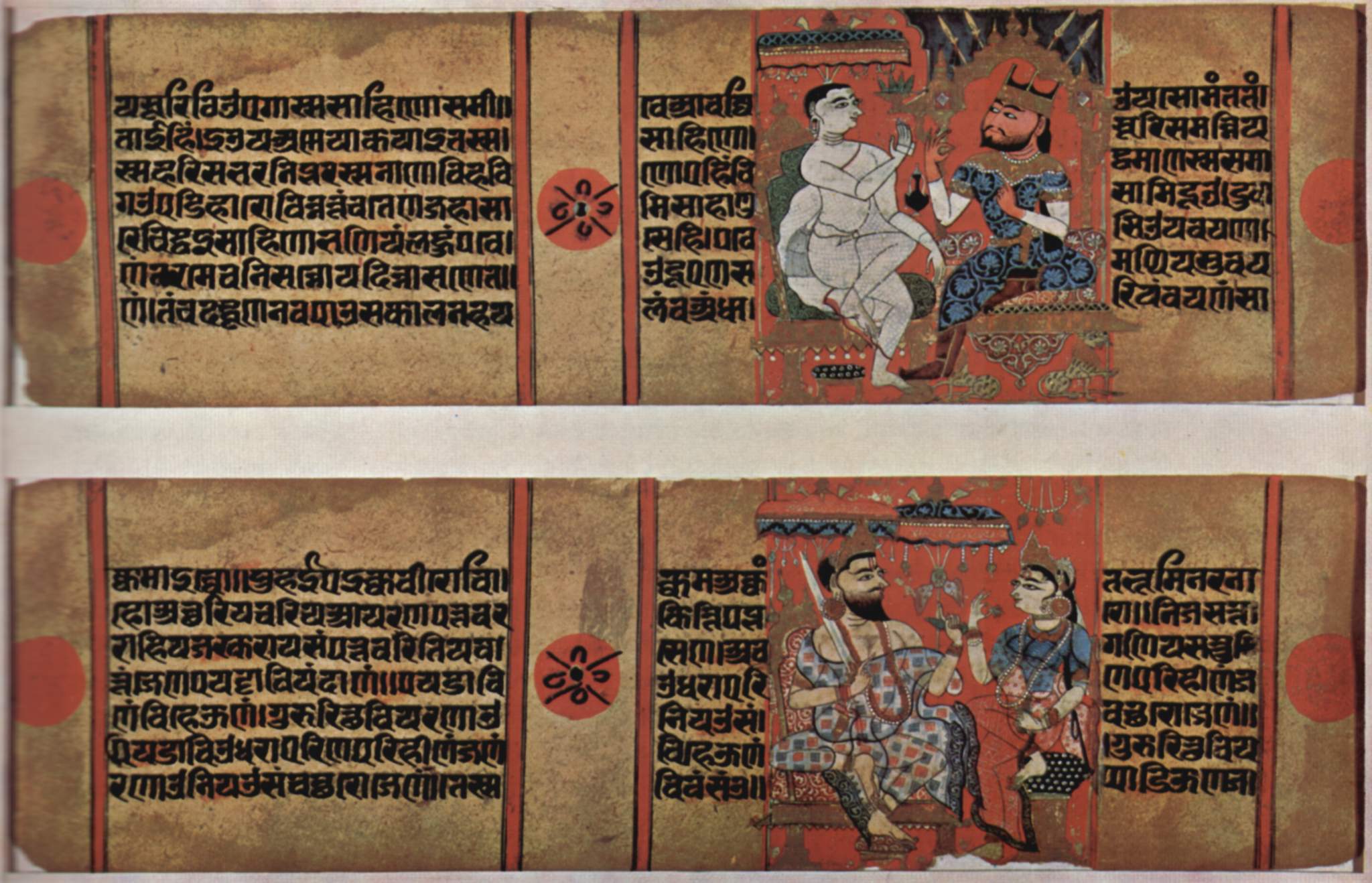|
Nepal Telecommunications Authority
Nepal Telecommunications Authority (; NTA) is the telecommunications regulatory body of Nepal. It is an autonomous body established on Feb 1998 in accordance with Telecommunications Act, 1997 and Telecommunications Regulation, 1998. The NTA is responsible for regulating all matters related to telecommunications (wireless, cellular, satellite and cable) of Nepal. The then Government of Nepal's on 25 December 1995 (2052/09/10 BS) decided to welcome private sector into the telecommunication sector in the country. This decision of the cabinet was meant to be a liberalization policy in the ICT for development. The mission of NTA is to create the optimum conditions for the development of telecommunications sector in Nepal by serving the public interest in terms of quality, choice and value for money; healthy competition among service providers and the nation in its drive for socio-economic advancement through efficient private sector participation. NTA today publicize the MIS (Manage ... [...More Info...] [...Related Items...] OR: [Wikipedia] [Google] [Baidu] |
Statutory Authority
A statutory body or statutory authority is a body set up by law (statute) that is authorised to implement certain legislation on behalf of the relevant country or state, sometimes by being empowered or delegated to set rules (for example regulations or statutory instruments) in their field. They are typically found in countries which are governed by a British style of parliamentary democracy such as the United Kingdom and the Commonwealth countries like Australia, Canada, India and New Zealand. They are also found in Hong Kong, Israel and elsewhere. Statutory authorities may also be statutory corporations, if created as a body corporate. Australia Definitions Federal statutory authorities are established under the ''PGPA Act 2013''. "A statutory authority is a generic term for an authorisation by Parliament given to a person or group of people to exercise specific powers. A statutory authority can be established as a corporate Commonwealth entity or a non-corporate Common ... [...More Info...] [...Related Items...] OR: [Wikipedia] [Google] [Baidu] |
Competition Regulator
A competition regulator is the institution that oversees the functioning of markets. It identifies and corrects practices causing market impediments and distortions through competition law (also known as antitrust law). In general it is a government agency, typically a statutory authority, sometimes called an Regulatory agency, economic regulator, that administrative law, regulates and enforces competition laws and may sometimes also enforce consumer protection laws. In addition to such agencies, there is often another body responsible for formulating competition policy. Many nations implement competition laws, and there is general agreement on acceptable standards of behaviour. The degree to which countries enforce their competition policy varies substantially. Competition regulators may also regulate certain aspects of mergers and acquisitions and business alliances and regulate or prohibit cartels and monopoly, monopolies. Other government agencies may have responsibilities in ... [...More Info...] [...Related Items...] OR: [Wikipedia] [Google] [Baidu] |
Kathmandu, Nepal
Kathmandu () is the capital and largest city of Nepal, situated in the central part of the country within the Kathmandu Valley. As per the 2021 Nepal census, it has a population of 845,767 residing in 105,649 households, with approximately 4 million people in the surrounding metropolitan area. The city stands at an elevation of 4,344 feet (1,324 metres) above sea level. Recognized as one of the oldest continuously inhabited places in the world, Kathmandu's history dates back to the 2nd century AD. Historically known as the '' Nepal Mandala'', the valley has been the cultural and political hub for the Newar people, a significant urban civilization in the Himalayan region. Kathmandu served as the royal capital of the Kingdom of Nepal and is home to numerous palaces, temples, and gardens reflecting its rich heritage. Since 1985, it has hosted the headquarters of the South Asian Association for Regional Cooperation (SAARC). Today, Kathmandu remains the epicenter of Nepal's hi ... [...More Info...] [...Related Items...] OR: [Wikipedia] [Google] [Baidu] |
Nepal
Nepal, officially the Federal Democratic Republic of Nepal, is a landlocked country in South Asia. It is mainly situated in the Himalayas, but also includes parts of the Indo-Gangetic Plain. It borders the Tibet Autonomous Region of China China–Nepal border, to the north, and India India–Nepal border, to the south, east, and west, while it is narrowly separated from Bangladesh by the Siliguri Corridor, and from Bhutan by the States and union territories of India, Indian state of Sikkim. Nepal has a Geography of Nepal, diverse geography, including Terai, fertile plains, subalpine forested hills, and eight of the world's ten List of highest mountains#List, tallest mountains, including Mount Everest, the highest point on Earth. Kathmandu is the nation's capital and List of cities in Nepal, its largest city. Nepal is a multi-ethnic, multi-lingual, multi-religious, and multi-cultural state, with Nepali language, Nepali as the official language. The name "Nepal" is first record ... [...More Info...] [...Related Items...] OR: [Wikipedia] [Google] [Baidu] |
Vikram Samvat
Vikram Samvat (ISO: ''Vikrama Saṁvata''; abbreviated VS), also known as the Vikrami calendar is a Hindu calendar historically used in the Indian subcontinent and still also used in several Indian states and Nepal. It is a lunisolar calendar, using twelve to thirteen lunar months each solar sidereal years. The year count of the Vikram Samvat calendar is usually 57 years ahead of the Gregorian calendar, except during January to April, when it is ahead by 56 years. Vikram Samvat is an official calendar of Nepal. And unlike India where it is used only for religious dates, the solar version of Vikram Samvat is an official calendar used for everything from school sessions to legal contracts to any official functions. History A number of ancient and medieval inscriptions used the Vikram Samvat. Although it was reportedly named after the legendary king Vikramaditya, the term "Vikrama Samvat" does not appear in the historical record before the 9th century; the same calendar sy ... [...More Info...] [...Related Items...] OR: [Wikipedia] [Google] [Baidu] |
Telecommunications In Nepal
Nepal's telecommunication network has increased over the years significantly, with the number of telephone users (both fixed and mobile phone) reaching 40,789,198 as of 14 May 2019. Nepal Telecommunications Authority (NTA) is the regulatory body of telecommunications in the country. According to the latest figures, eight companies have been licensed to operate voice-based telephony services, out of which five are heavily invested by foreign companies. The investment market of telecom is a subject of interest for many foreign companies and NTA itself as it has to prepare the regulations on hand. According to the latest Management Information system (MIS) report of the Nepal Telecommunications Authority (NTA), 97.65 percent of 26.49 million people in the country have access to telephone service. The report includes data of up to mid-December 2014. Telephone penetration increased by 12.88 percentage points in one year. It stood at 84.77 percent in mid-December 2013. History ... [...More Info...] [...Related Items...] OR: [Wikipedia] [Google] [Baidu] |
Telecommunications Regulatory Authorities
Telecommunication, often used in its plural form or abbreviated as telecom, is the transmission of information over a distance using electronic means, typically through cables, radio waves, or other communication technologies. These means of transmission may be divided into communication channels for multiplexing, allowing for a single medium to transmit several concurrent communication sessions. Long-distance technologies invented during the 20th and 21st centuries generally use electric power, and include the telegraph, telephone, television, and radio. Early telecommunication networks used metal wires as the medium for transmitting signals. These networks were used for telegraphy and telephony for many decades. In the first decade of the 20th century, a revolution in wireless communication began with breakthroughs including those made in radio communications by Guglielmo Marconi, who won the 1909 Nobel Prize in Physics. Other early pioneers in electrical and electronic tel ... [...More Info...] [...Related Items...] OR: [Wikipedia] [Google] [Baidu] |
Government Agencies Of Nepal
A government is the system or group of people governing an organized community, generally a state. In the case of its broad associative definition, government normally consists of legislature, executive, and judiciary. Government is a means by which organizational policies are enforced, as well as a mechanism for determining policy. In many countries, the government has a kind of constitution, a statement of its governing principles and philosophy. While all types of organizations have governance, the term ''government'' is often used more specifically to refer to the approximately 200 independent national governments and subsidiary organizations. The main types of modern political systems recognized are democracies, totalitarian regimes, and, sitting between these two, authoritarian regimes with a variety of hybrid regimes. Modern classification systems also include monarchies as a standalone entity or as a hybrid system of the main three. Historically prevalent forms ... [...More Info...] [...Related Items...] OR: [Wikipedia] [Google] [Baidu] |
Regulation In Nepal
Regulation is the management of complex systems according to a set of rules and trends. In systems theory, these types of rules exist in various fields of biology and society, but the term has slightly different meanings according to context. For example: * in government, typically regulation (or its plural) refers to the delegated legislation which is adopted to enforce primary legislation; including land-use regulation * in economy: regulatory economics * in finance: financial regulation * in business, industry self-regulation occurs through self-regulatory organizations and trade associations which allow industries to set and enforce rules with less government involvement; and, * in biology, gene regulation and metabolic regulation allow living organisms to adapt to their environment and maintain homeostasis; * in psychology, self-regulation theory is the study of how individuals regulate their thoughts and behaviors to reach goals. Forms Regulation in the social, political ... [...More Info...] [...Related Items...] OR: [Wikipedia] [Google] [Baidu] |




